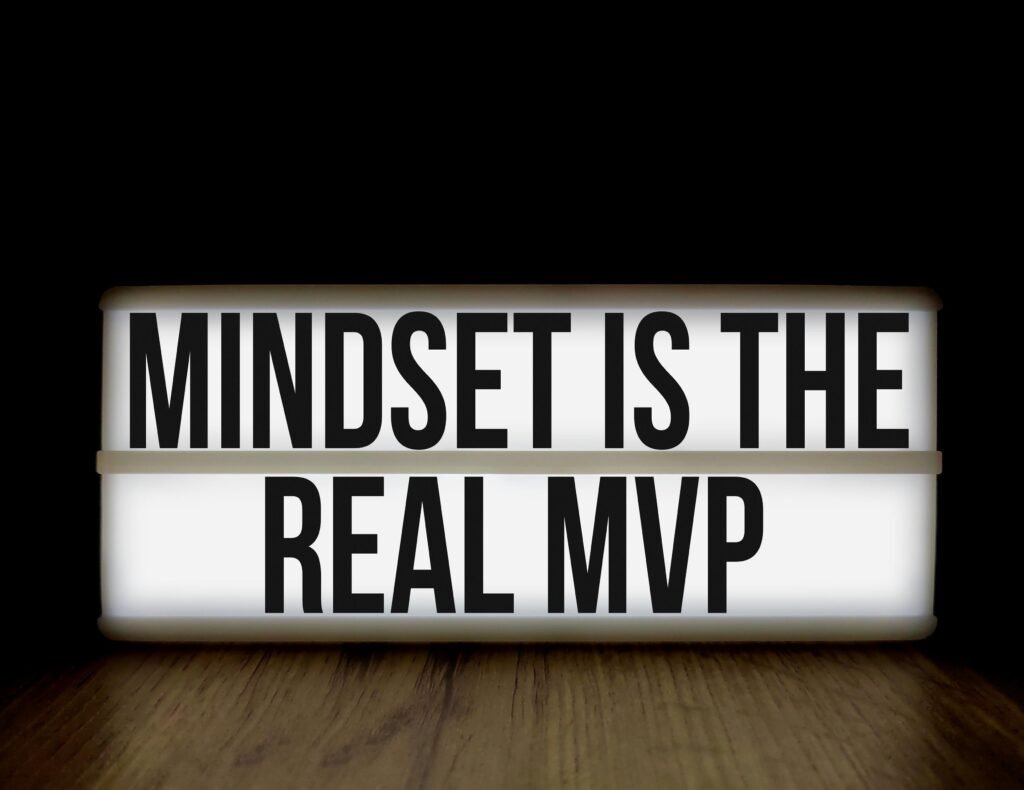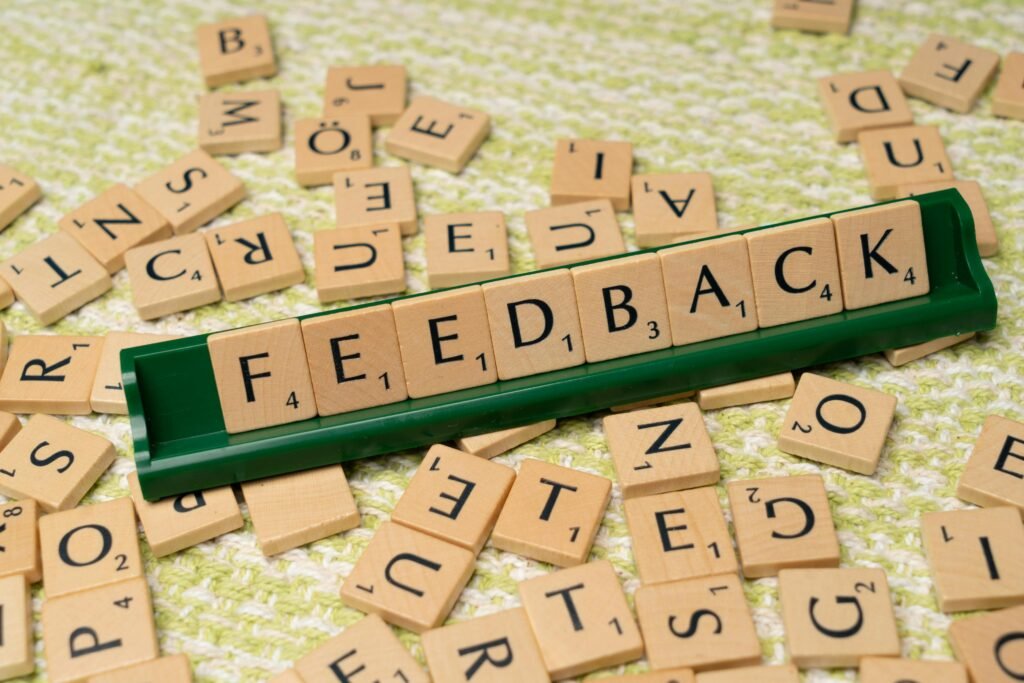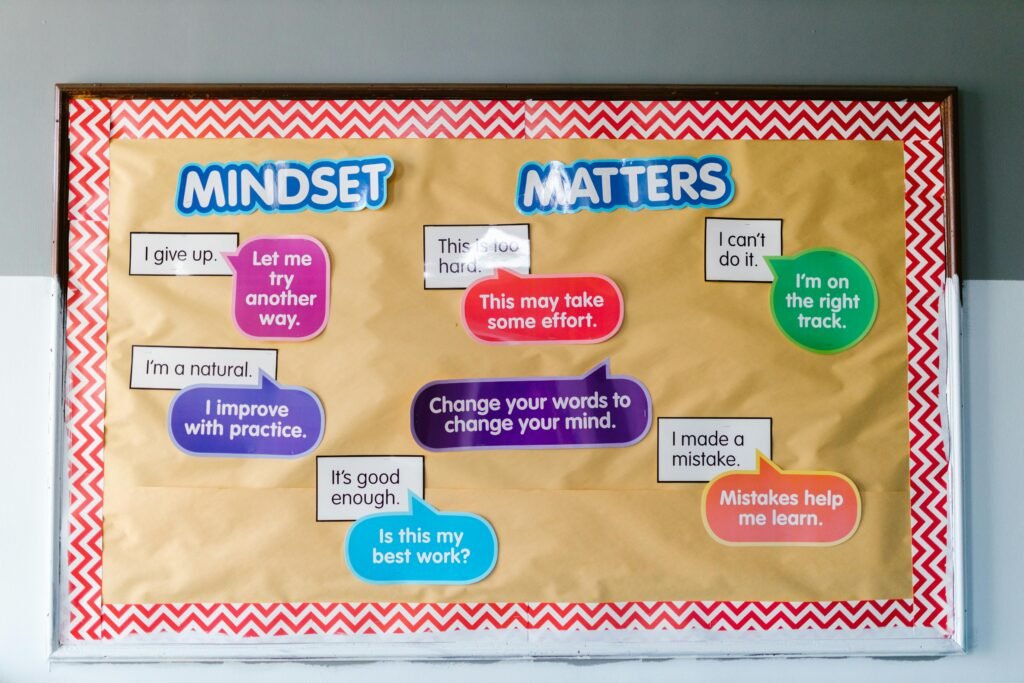
Introduction to the Concept of the Mindset Continuum
Welcome to the exploration of the mindset continuum, a transformative concept that empowers individuals to grow beyond perceived limits.
This continuum isn’t a static line but a dynamic range reflecting how our thoughts shape our abilities.
Understanding where you fall on this spectrum can open doors to limitless potential and personal development.
The mindset continuum represents the journey from a fixed mindset to a growth mindset.
Think of it as a spectrum where your beliefs about your abilities can shift and evolve.
At one end, you might find yourself thinking that talents and intelligence are set in stone.
On the other end, you recognize that these qualities can be developed through effort and perseverance.
Imagine you’re facing a challenging project. If you’re on the fixed mindset end, you might feel anxious, doubting your ability to succeed.
You might even avoid the task altogether, fearing failure. However, if you lean towards a growth mindset, you see the challenge as an opportunity to learn and grow.
You embrace the task, understanding that effort and persistence can lead to improvement and success.
Real-world examples highlight this continuum’s impact.
Take athletes who push their limits to break records.
They didn’t start at the top; they trained rigorously, embraced failures, and learned from their experiences.
This growth-oriented approach is the mindset continuum in action, showcasing the incredible progress achievable through determination and effort.
Educators also see this in their classrooms.
Students who believe their intelligence can be developed are more likely to tackle difficult subjects and persist through setbacks.
They understand that their brain can form new connections and that each challenge is a step towards mastery.
This continuum isn’t limited to academics or sports. In the workplace, those with a growth mindset are more likely to seek out new responsibilities, ask for feedback, and view criticism as a tool for development.
They thrive in environments where learning is continuous, and innovation is encouraged.
Your place on this continuum isn’t fixed.
It’s fluid, influenced by your experiences, beliefs, and willingness to change.
By recognizing and adjusting where you are on this spectrum, you can unlock new levels of personal and professional growth.
So, embark on this journey of self-discovery and transformation, and watch as your potential unfolds in ways you never thought possible.
Comparing Fixed and Growth Mindsets

A fixed mindset is characterized by the belief that one’s qualities and intelligence are immutable.
Individuals with this mindset often feel the need to prove themselves repeatedly and avoid situations where they might fail.
In contrast, those with a growth mindset view their traits as starting points for growth.
They believe in the power of effort to cultivate their basic qualities.
Embracing this mindset leads to embracing challenges, learning from feedback, and seeing failures as opportunities.
Assessing Your Place on the Mindset Continuum

To understand your position on the mindset continuum, it’s crucial to engage in self-assessment.
Consider how you react to challenges and feedback.
Are you open to learning and growth, or do you see your abilities as fixed traits?
As Carol Dweck suggests, the consequences of viewing intelligence or personality as developable rather than fixed can be profound.
Start by reflecting on how you handle setbacks. When faced with a difficult task, do you see it as a threat or as an opportunity to learn?
For example, if you receive critical feedback at work, do you feel defensive and discouraged, or do you view it as a valuable insight for improvement?
Your initial reaction can provide significant clues about your current mindset.
Consider the language you use when talking about your abilities.
Phrases like “I’m just not good at this” or “I don’t have a natural talent for that” often indicate a fixed mindset.
On the other hand, saying “I can improve with practice” or “I haven’t mastered this yet” suggests a growth-oriented perspective.
Your self-talk can either reinforce limitations or encourage development.
Another key indicator is your approach to effort.
People with a fixed mindset may believe that effort is a sign of inadequacy—they think if they were truly talented, they wouldn’t need to try so hard.
Conversely, those with a growth mindset understand that effort is a pathway to mastery.
They embrace hard work as an essential part of the learning process, not as a reflection of their limitations.
Think about your response to the success of others.
Do you feel envious and threatened, or inspired and motivated?
Your reaction can reveal much about your mindset.
A fixed mindset often leads to feeling threatened by the accomplishments of others, whereas a growth mindset sees them as evidence that greater success is achievable with effort.
Lastly, examine your goals and aspirations.
Are they aimed at proving your worth or at developing new skills and knowledge?
People with a fixed mindset tend to set performance-based goals, focusing on outcomes that validate their abilities.
In contrast, those with a growth mindset set learning goals, concentrating on the process and the improvement that comes with it.
By honestly assessing these areas, you can identify where you currently stand on the mindset continuum.
Recognizing your starting point is the first step towards cultivating a growth mindset, opening the door to greater personal and professional achievements.
Techniques to Develop a Growth Mindset

Developing a growth mindset is all about embracing new experiences and committing to personal improvement.
One powerful technique is to start viewing challenges as opportunities for growth.
Instead of avoiding difficult tasks, dive into them with the understanding that each effort, successful or not, brings valuable learning experiences.
Research shows that when students learn their brains can form new, stronger connections by stepping out of their comfort zones, they can dramatically improve their performance, especially those struggling.
Another effective strategy is to practice self-reflection.
Regularly take time to think about your reactions to various situations.
Did you shy away from a task because you feared failure?
Or did you persevere, even when things got tough?
Being honest with yourself helps identify areas where you can shift your mindset from fixed to growth.
Adopting the habit of setting learning goals rather than performance goals can also be transformative.
Instead of aiming for outcomes that validate your abilities, focus on goals that push you to acquire new skills and knowledge.
This shift in focus encourages continuous improvement and reduces the fear of failure.
Carol Dweck questions, “Why waste time proving over and over how great you are, when you could be getting better?”
Seeking feedback and learning from it is another cornerstone of developing a growth mindset.
Rather than viewing criticism as a personal attack, see it as constructive input that can guide your development.
When you receive feedback, ask yourself how you can use it to improve, rather than dwelling on what you might have done wrong.
Additionally, surrounding yourself with a growth-oriented community can reinforce your mindset.
Engage with people who challenge you and encourage you to push your boundaries.
Their attitudes and behaviors can be infectious, helping you maintain your commitment to growth even when the going gets tough.
Remember to celebrate effort, not just outcomes.
Acknowledge the hard work you put into a task, regardless of the result.
This helps reinforce the belief that effort is a critical component of success.
By consistently recognizing and rewarding your own hard work, you reinforce the value of perseverance and resilience.
Lastly, be kind to yourself.
Illustrations of a Growth Mindset in Practice

Think of those who overcame great odds by seeing setbacks as stepping stones.
Carol Dweck’s research emphasizes that people with a growth mindset are more resilient in tough times because they see obstacles as opportunities to improve.
Consider the story of Thomas Edison.
When asked about his numerous failed attempts to create the lightbulb, Edison famously remarked, “I have not failed.
I’ve just found 10,000 ways that won’t work.”
His perspective epitomizes the growth mindset, turning each failure into a lesson and a step closer to success.
Instead of seeing failure as a dead end, he saw it as invaluable feedback.
Athletes are another great example of the growth mindset in action.
Michael Jordan, often celebrated as one of the greatest basketball players of all time, didn’t make his high school varsity team at first.
Rather than seeing this as a sign that he wasn’t good enough, he used it as motivation to work harder and improve.
Jordan’s relentless dedication to practice and his belief in his ability to grow turned this early setback into a pivotal moment in his career.
In the realm of science, consider the perseverance of Marie Curie.
Despite facing significant obstacles as a woman in a male-dominated field, she remained steadfast in her research.
Curie’s groundbreaking work in radioactivity wasn’t a result of natural talent alone; it was her unwavering commitment to learning and improving that led her to win two Nobel Prizes.
Her journey underscores the power of persistence and the willingness to push boundaries.
In everyday life, the growth mindset can be seen in individuals who decide to learn new skills, regardless of their age or previous experience.
For instance, many adults decide to pick up musical instruments or learn a new language later in life.
While they might struggle initially, their commitment to practice and their belief in their ability to improve exemplify a growth mindset.
They understand that mastery is a journey, not a destination.
In the tech industry, companies like Google encourage a growth mindset by fostering a culture of innovation and continuous learning.
Employees are encouraged to take risks, experiment, and learn from failures.
This approach has led to some of the most significant technological advancements and has kept the company at the forefront of the industry.
The mindset that there is always room to grow, learn, and innovate is a key driver of success in such environments.
How a Growth Mindset Influences Relationships

A growth mindset doesn’t just benefit personal achievements; it profoundly influences relationships.
When you approach interactions with the belief that you and others can grow, communication improves.
Empathy flourishes because you understand that everyone is a work in progress.
This mindset also encourages collaborative problem-solving, allowing groups to innovate and find solutions more effectively.
In a relationship, whether personal or professional, a growth mindset fosters open and honest communication.
You become more willing to discuss mistakes and learn from them rather than hiding them out of fear.
This openness builds trust, creating a foundation where both parties feel safe to express their thoughts and ideas.
Consider the workplace: colleagues who believe in continuous growth are more likely to give constructive feedback and accept it graciously.
This kind of interaction fosters a team environment where everyone is committed to improvement.
When team members understand that abilities can be developed, they support each other in learning new skills and taking on challenges.
This collective mindset not only boosts morale but also leads to higher productivity and innovation.
In personal relationships, a growth mindset can be life-changing.
Instead of seeing conflicts as insurmountable barriers, you begin to view them as opportunities to understand each other better and to grow together.
For example, couples who adopt a growth mindset are more likely to work through disagreements constructively.
They see each conflict as a chance to improve their communication and deepen their connection.
This perspective helps them navigate challenges more effectively, strengthening their bond over time.
Parenting is another area where a growth mindset can make a significant difference.
Parents who encourage a growth mindset in their children teach them to see mistakes as part of the learning process.
They focus on praising effort rather than innate ability, helping their children develop resilience and a love for learning.
This approach not only boosts the child’s confidence but also equips them with the skills to tackle future challenges.
Friendships also benefit from a growth mindset.
Friends who believe in each other’s potential are more supportive and less judgmental.
They celebrate each other’s successes and provide encouragement during tough times.
This mutual support fosters a deeper and more meaningful connection.
Even in community settings, a growth mindset can bring about positive change.
Communities that embrace the idea of collective growth are more likely to work together towards common goals.
They understand that by supporting each other, they can achieve greater outcomes than by working in isolation.
This sense of shared purpose and mutual support strengthens the fabric of the community, leading to lasting positive impacts.
By nurturing a growth mindset in your relationships, you create an environment where everyone feels valued, supported, and capable of growth.
This positive atmosphere encourages continuous improvement, leading to more fulfilling and resilient connections.
Sustaining a Growth Mindset Over Time

A growth mindset isn’t something you develop once and then forget about.
It’s a commitment to continuous learning and self-improvement.
One effective way to sustain this mindset is by setting both short-term and long-term goals.
These goals should push you out of your comfort zone, providing clear milestones to strive for.
Celebrating small victories along the way not only boosts your motivation but also reinforces the value of perseverance.
Another key strategy is to surround yourself with like-minded individuals who encourage and challenge you.
A supportive community can make a huge difference in maintaining your growth mindset, especially during tough times.
They can offer new perspectives, provide constructive feedback, and celebrate your successes with you.
Regularly reflecting on your experiences is also crucial.
Take time to consider what went well and what could be improved.
This kind of self-assessment helps you learn from both your successes and your failures. It’s not about dwelling on mistakes but about using them as stepping stones for future success.
Staying curious is another important aspect. Always seek out new learning opportunities.
This could be through reading, attending workshops, or even picking up a new hobby.
The more you expose yourself to different experiences, the more you expand your capacity for growth.
Mindfulness practices can also support a growth mindset.
Techniques like meditation can help you stay focused and resilient, making it easier to navigate challenges and setbacks.
Mindfulness helps you stay present, reducing stress and making it easier to focus on your goals.
Lastly, remember to be kind to yourself.
The journey of growth is ongoing, and it’s important to recognize that setbacks are a natural part of this process.
Instead of being overly critical, practice self-compassion.
Treat each challenge as an opportunity for learning and improvement.
By consistently applying these strategies, you can keep your growth mindset alive and thriving, opening up new avenues for personal and professional development.
